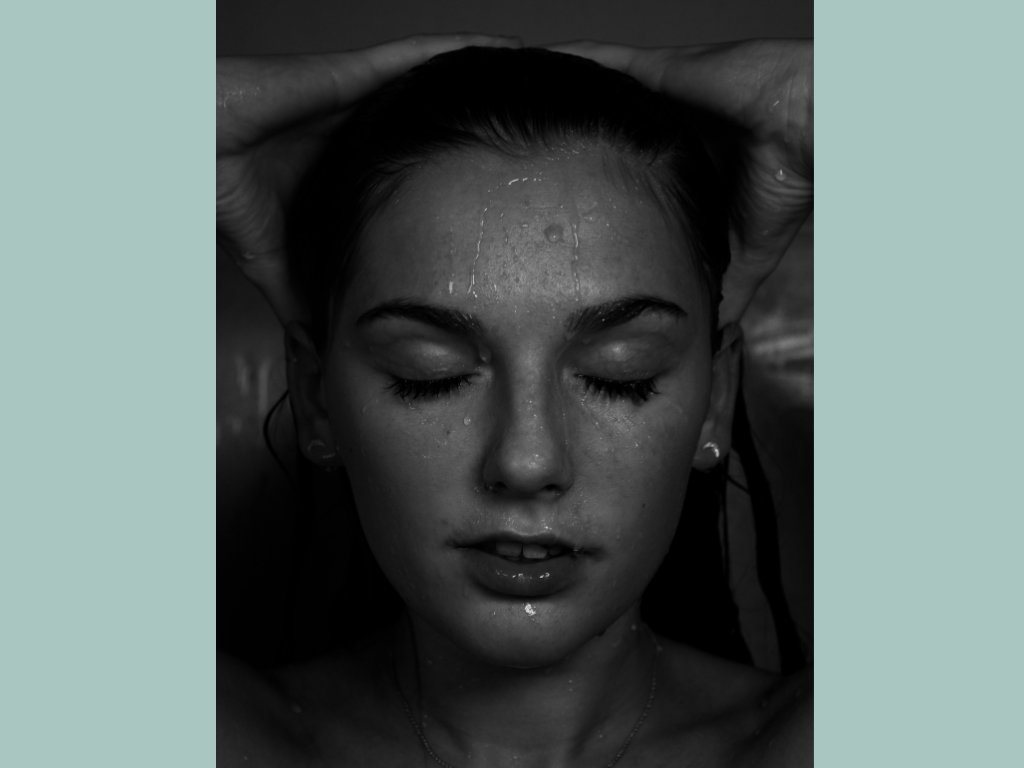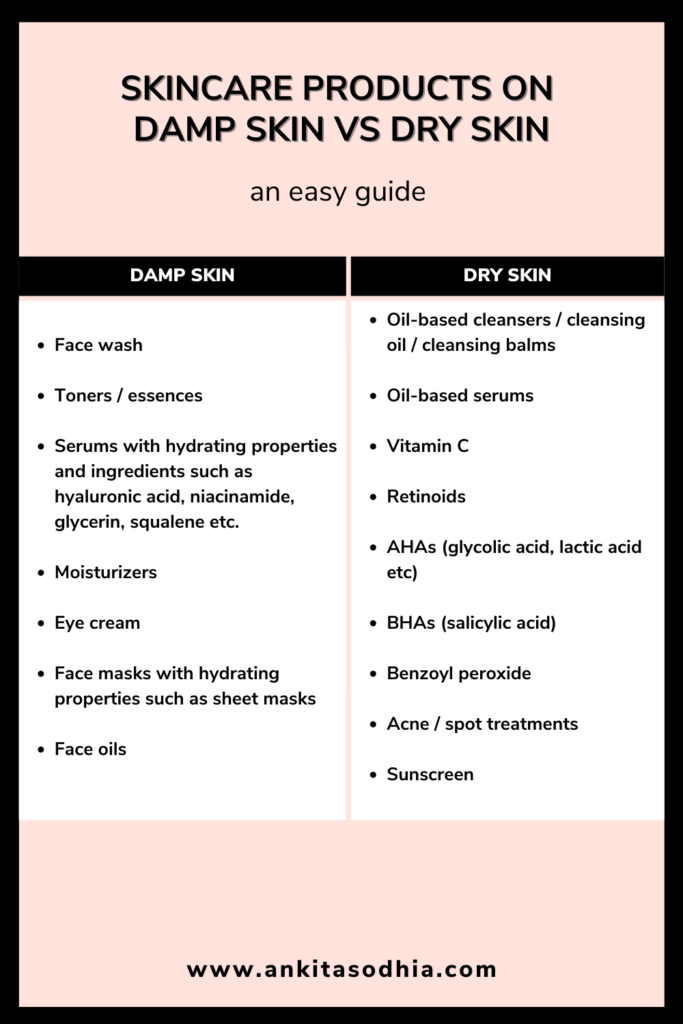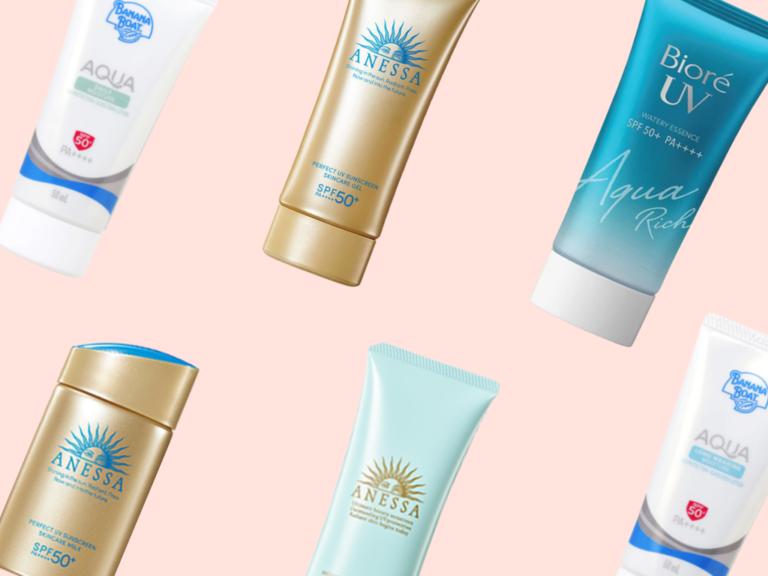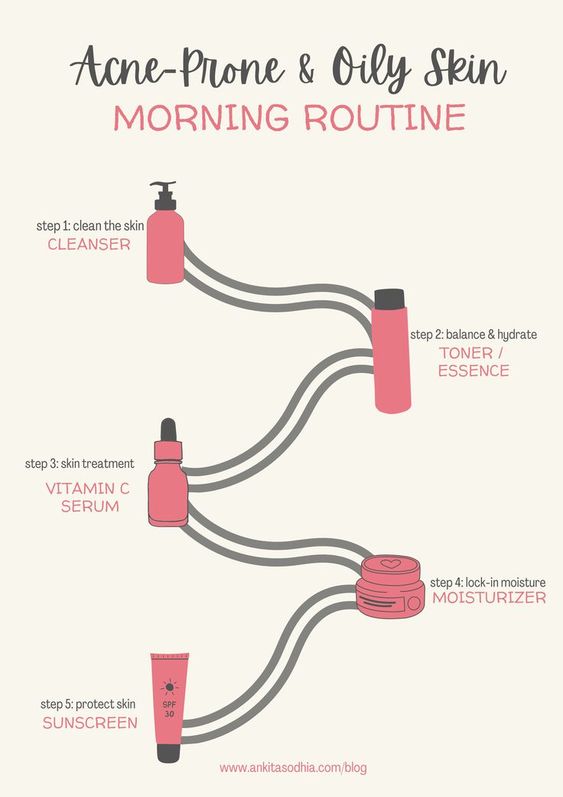What Skincare Products To Apply On Damp Skin vs. Dry Skin
Did you know that depending on the ingredient in a skincare product, it is applied on either damp skin or dry skin? It can affect the efficacy of the product on your skin. Here’s a simple guide explaining why and how to use your skincare products more effectively.
Table of Contents
What is “damp skin”?
Damp skin refers to the way the skin feels after cleansing it with face wash. Essentially, what it feels like right after it is pat dry. It should not be soaking wet or dripping, but it feels slightly moist to the touch.
Damp Skin vs. Dry Skin: Does it really matter?
Yes, it does. Damp skin is highly permeable, which means it has very effective absorption. It is approximately 10 times more permeable than dry skin. The most common analogy to explain the function of damp skin is to think of a sponge. If you put soap onto a dry sponge, then it sits on the surface and struggles to absorb. But, if you put soap on a wet (or damp) sponge, then the soap absorbs fully to form bubbles.
Now apply the same concept to damp and dry skin. Damp skin, due to the water, allows products to absorb into deeper levels under the skin’s surface. While dry skin will retain it closer to the surface. That being said, certain skincare ingredients work best at the deeper levels, while others are most effective on the surface. You will see some skincare products will mention ‘to apply on damp skin’ and this is why.
What skincare products should be applied on damp skin?
Skincare products with moisturizing properties and purposes should be applied on damp skin, so that they can absorb into the deeper layers of the skin to trap moisture. Here are the skincare products that should be applied on damp skin:
- Water-based cleansers i.e. face wash
- Toners / essences
- Serums with hydrating properties and ingredients such as hyaluronic acid, niacinamide, glycerin, squalene etc
- Moisturizers
- Eye cream
- Face masks with hydrating properties such as sheet masks
- Face oils
There’s nothing wrong with applying these products on dry skin, but they are just not as effective when it comes to locking-in the moisture, which is what you really want for the products to be effective on the skin.
What skincare products should be applied on dry skin?
Skincare products with an active ingredient such as retinol, vitamin C, AHAs (glycolic acid, lactic acid), BHAs (salicylic acid) etc., should be applied on dry skin. This is because you want the skincare product to stay in place and work (aka be “active”) on the targeted skin concern. If active skincare products are applied on damp skin, then they tend to slide into others areas making them less effective. In addition, active skincare on damp skin can get absorbed into the deeper layers of the skin, which can cause irritation. For example, one I applied my retinol right after applying my essence while my skin was damp and the next day my skin was dry and peeling around my eyebrows, which is not an area I focus my retinol on — it slid out of place!
So, these are the products that should be applied on dry skin:
- Oil-based cleansers / cleansing oil / cleansing balm
- Oil-based serums
- Vitamin C
- Retinoids
- AHAs (glycolic acid, lactic acid etc)
- BHAs (salicylic acid)
- Benzoyl peroxide
- Acne / spot treatments
- Sunscreen — more on that below
Remember: let active skincare products dry down after application too!
Another important thing to note, which is not often mentioned, is to let skincare products with active ingredients dry down properly after application too before going in with the next product. If not, then active skincare products can slip out of place, mix or cause irritation. So, the key is to have dry skin before and after using active skincare products for maximum efficacy and minimum irritation to skin.
Sunscreen should be applied to dry skin
A special note about sunscreen because it is such an important skincare product: always apply sunscreen to dry skin.
Mineral sunscreen (physical sunscreen) won’t apply on damp skin. It just slips and slides and will be ineffective to create the barrier of protection the skin requires.
Chemical sunscreen works with the top layer of skin to absorb UV rays and protect the skin. If you apply chemical sunscreen on wet skin, then it renders it ineffective too.
Related:
Chemical vs Mineral Sunscreen: Everything You Need To Know
Why You Need To Try Japanese Sunscreens
My final thoughts and tips
I know it can be a bit confusing using specific products on damp and dry skin. So, here are a few skincare routine examples showing you how and where I apply skincare products on damp skin and dry skin in the same routine:
Vitamin C: Face wash > let skin dry > vitamin C serum > let skin dry > moisturizer > let skin dry > sunscreen
Retinol: Double cleanse > essence > moisturizer > let skin dry > retinol
BHA toner: Double cleanse > let skin dry > BHA toner > let skin dry > essence > moisturizer
Related:
A Beginners Guide: What Is Retinol and How To It In A Skincare Routine
How To Use Salicylic Acid And Retinol In Your Skincare Routine
Why You Need A Vitamin C Serum In Your Morning Skincare Routine — And Beginner Tips To Get Started





